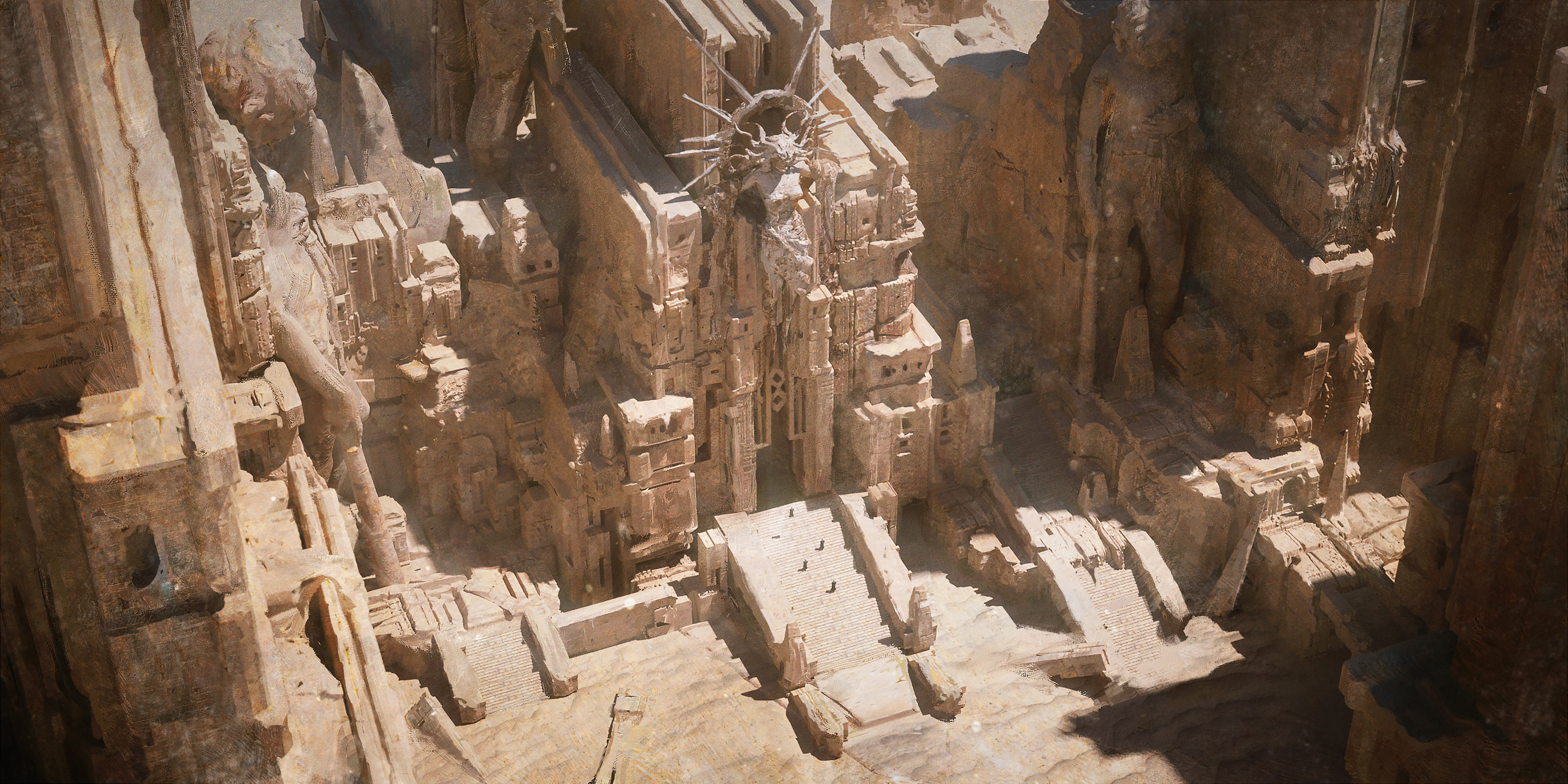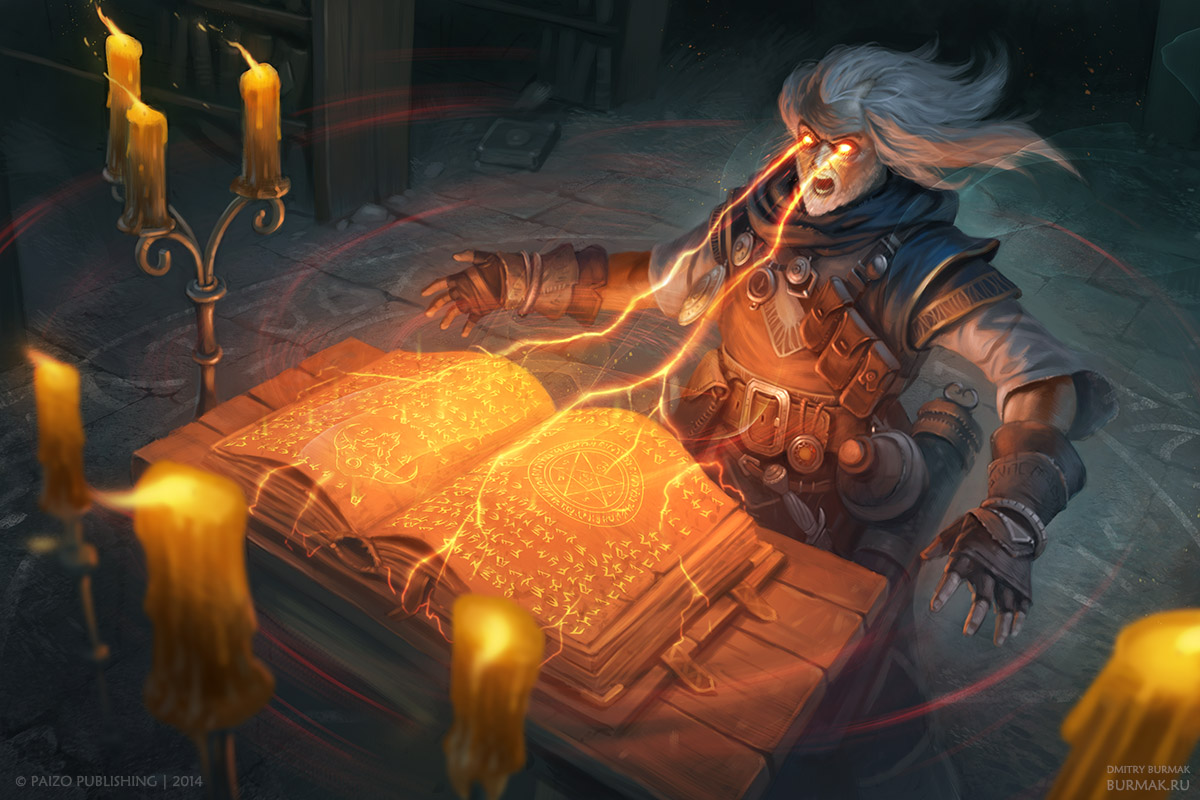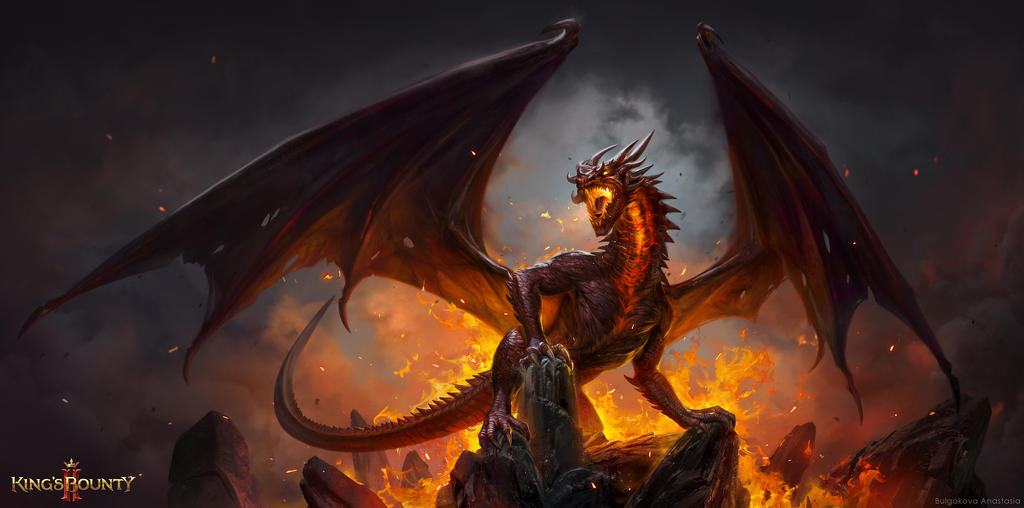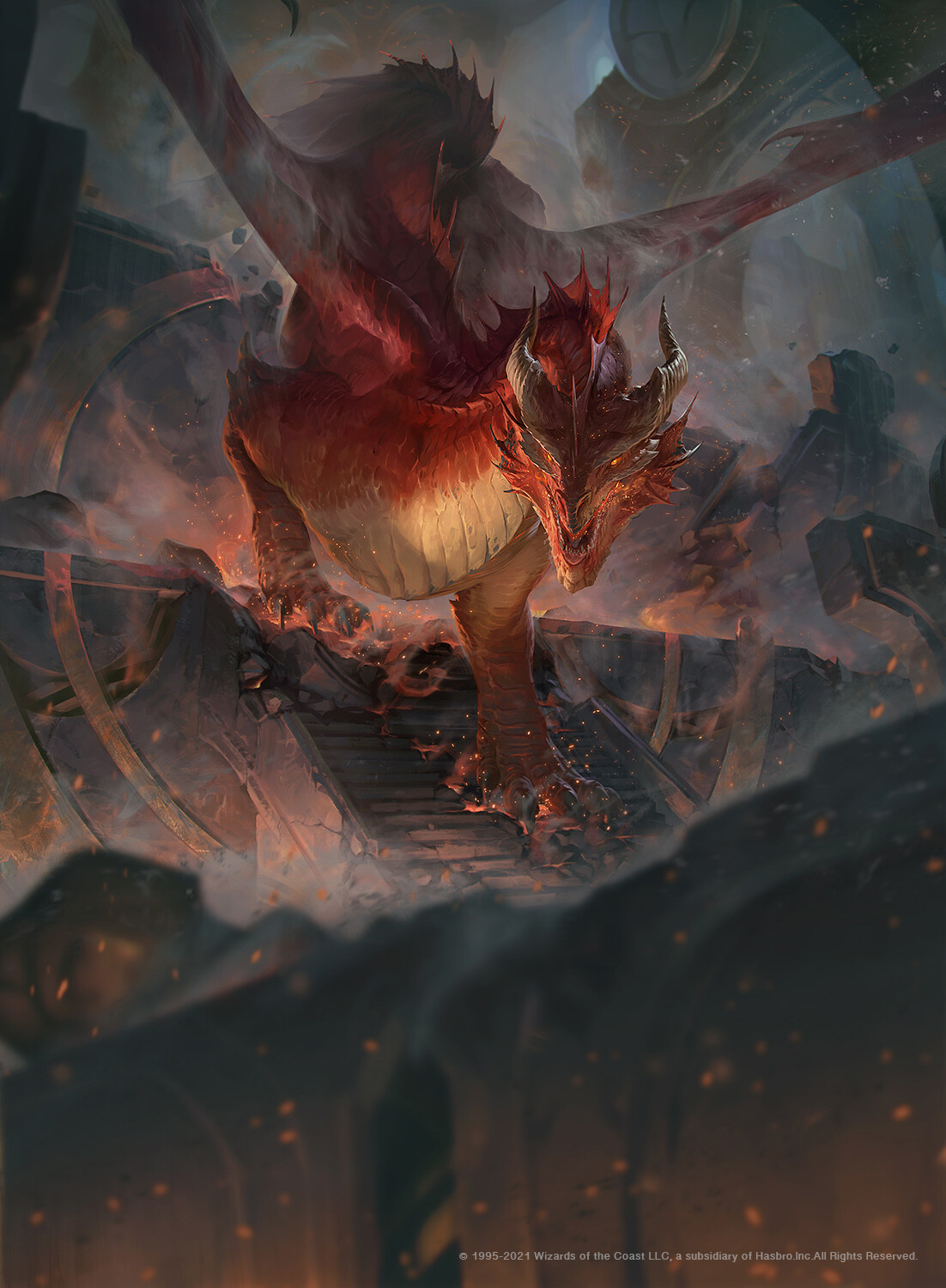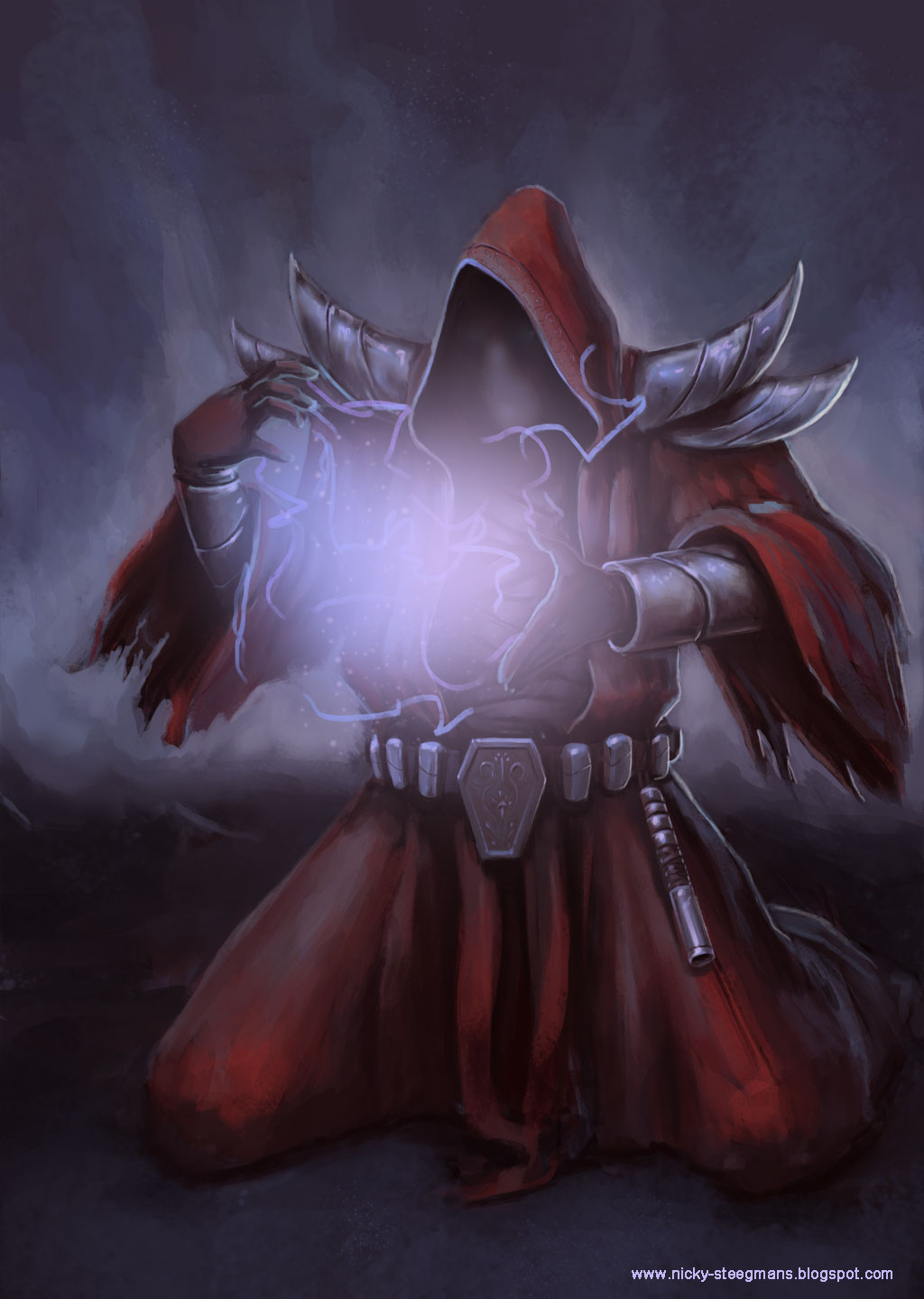This is a relatively new mining village of 60 folks, set up about 3 years ago. It is in the hills north of Luln between the Reclusium of Serenity and the strange, possibly abandoned, stronghold called Quasqueton.
It is a hamlet of basic, dwarf-made huts surrounded by a defensive ditch and palisade, and a large mine dug into the hillside. Grulven's Prospect was established right on top of a large deposit of copper ore that the community leader, Grulven, found. As well as copper ore itself, there is also a certain amount of copper-related fancy gems, namely malachite and chrysocolla, which the miners will put to one side. The main market for their copper is Luln in the south as the journey there is about 48 miles through the hills. However, they do also travel further afield including west towards Threshold and Highforge, which are twice the distance and without established roads (at least by the most direct route).
Grulven's Prospect has been subject to several raids by nearby goblin tribes as well as a band of ogres. These have been fended off but the dwarfs are on their guard, aware that they are in the wilderness and are fairly isolated. They have contacts with the Reclusium of Serenity and the two communities can help each other out if needed. About half the residents here are combatants (normally in dwarven communities a third are combatants, but Grulven's Prospect has fewer children and elderly).
Some of the dwarves are turning the upper chambers of the mine into living quarters - this is an indication of long-term residence and is encouraged by Durrian Buhrodar who sees this as the start of a new dwarven community. Those who are in the huts are here for the short term.
Grulven's Prospect is only 8 miles from Quasqueton, and if adventurers want to use the settlement as a base from which to explore Quasqueton that is fine. But the dwarves expect the PCs to pay for all services - Grulven himself will point out this is a business, not a charity. If they want charity, they should try the Reclusium of Serenity with all their preaching and hymns....
There are a number of NPCs here who may be of interest
Grulven Granitefist the mine owner is a businessman, pragmatic and down to earth but also bossy and considers all others to be his employees working on his property. Nonetheless he has a good sense of geology and engineering, and is one of the best miners outside Rockhome.
Str 16, Int 12, Wis 10, Dex 9, Con 16, Cha 13
AC 5, Mv 60', HD Dw5, hp 31, Att 1 pickaxe or light crossbow for 1d6+2 or 1d6, Ml 10, Al N
Equipment: Chain mail, pickaxe, light crossbow, 10 bolts, 30gp
Yakkob Goldenrune the soldier. Responsible for security, especially outside raiders such as goblins. If needed he will also deal with matters of internal discipline.
Str 14, Int 10, Wis 12, Dex 10, Con 14, Cha 10
AC 4, Mv 60;, HD Dw5, hp 29, Att 1 battleaxe or 1 throwing axe for 1d8+1 or 1d6, Ml 10, Al L
Equipment: Chain mail +1, battleaxe, 3 throwing axes, 35gp, 2 potions of healing
Durrian Buhrodar the dwarf cleric. Wants to build this place into a new home for dwarves to rival Tarrag Duun. He reminds the dwarves here of their history and wider kindred throughout the Known World, that they are part of something bigger. He is proud of his Rockhome heritage.
Str 14, Int 11, Wis 16, Dex 8, Con 16, Cha 10
AC 6, Mv 90', HD DwCl 4, hp 20, Att 1 warhammer for 1d6+2 or spell, Ml 12, Al L
Equipment: Chain mail, warhammer +1, holy symbol, 10gp.
Spells: Hold Person, Cure Light Wounds, Detect Magic
Borlia Goldenrune, the merchant is the hamlet's informal diplomat and cousin of Yakkob. She regularly visits Luln to sell copper and occasionally further afield including Highforge, Specularum and even Darokin where she learned her merchant skills. She often brings supplies including food and steel tools and equipment back to Grulven's Prospect. She is quite happy to hire adventurers as guards on her journeys around Karameikos.
Str 10, Int 14, Wis 13, Dex 10, Con 14, Cha 15
AC 7, Mv 90' HD Dw2, Att 1 handaxe for 1d6, Ml 9, Al N
Equipment: Leather armour, hand axe, 2 draft horses + wagon, 1120gp
Meltheria the gem-cutter buys all the raw gems and crystals the miners dig up along with the ore, and she prepares them for sale onwards (usually via Borlia). She is is not happy here in Grulven's Prospect but seems to have fled here from Highforge after an unpleasant incident. She refuses to talk about it.
Str 9, Int 12, Wis 9, Dex 15, Con 14, Cha 10
AC 7, Mv 90;, HD Dw2, Att 1 handaxe for 1d6, Ml 6, Al N
Equipment: Leather armour, hand axe,
Barriun Granitefist the forge-worker is Grulven's nephew and responsible for smelting the copper. Always on the lookout for new sources of fuel to keep the fires burning. He has heard of a mineable seam of coal towards Quasqueton and would like someone to investigate.
Str 14, Int 9, Wis 10, Dex 11, Con 16, Cha 8
AC 5, Mv 90', HD Dw3, Att 1 warhammer for 1d6+1, Ml 8, Al L
Equipment: chain mail, warhammer, dagger
Maegalharth the brewer runs a tavern, the Golden Griffon. It has no proper guest rooms but travellers can sleep in the bar room on the benches and tables. Although he buys some food and drink from Borlia he also looks for locally produced supplies, including hunting wild game and gathering wild fruit and vegetables. He keeps his establishment open to all visitors except elves. He hates elves.
Str 12, Int 13, Wis 8, Dex 13, Con 13, Cha 14
AC 5, Mv 90', HD Dw2, Att 1 shortsword for 1d6, Ml 8, Al N
Equipment: Chain mail, shortsword, dagger.




